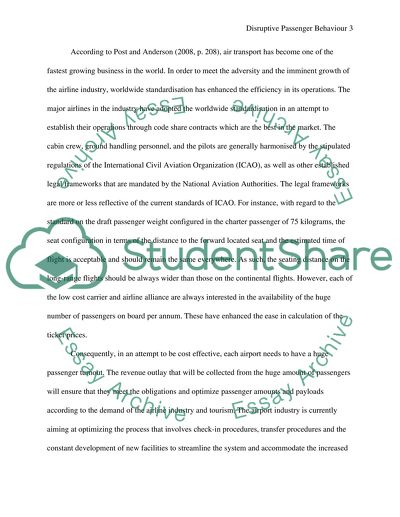Cite this document
(“Disruptive Passenger Behaviour and Air Rage Essay”, n.d.)
Retrieved de https://studentshare.org/psychology/1390763-disruptive-passenger-behaviour-and-air-rage
Retrieved de https://studentshare.org/psychology/1390763-disruptive-passenger-behaviour-and-air-rage
(Disruptive Passenger Behaviour and Air Rage Essay)
https://studentshare.org/psychology/1390763-disruptive-passenger-behaviour-and-air-rage.
https://studentshare.org/psychology/1390763-disruptive-passenger-behaviour-and-air-rage.
“Disruptive Passenger Behaviour and Air Rage Essay”, n.d. https://studentshare.org/psychology/1390763-disruptive-passenger-behaviour-and-air-rage.


